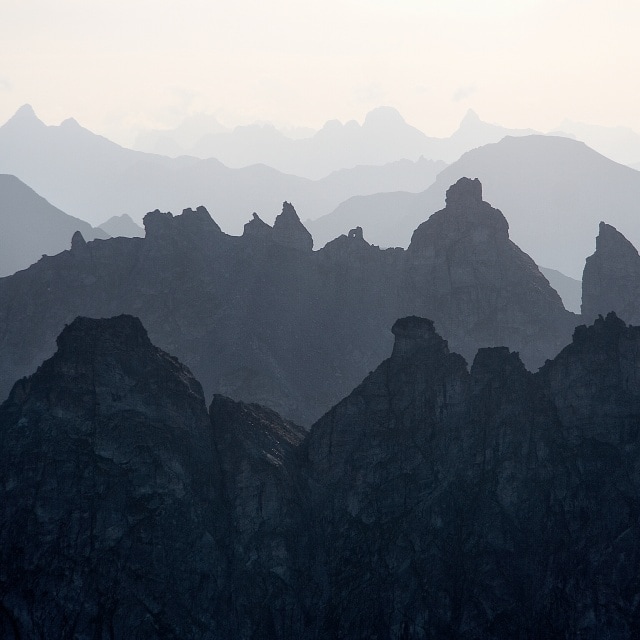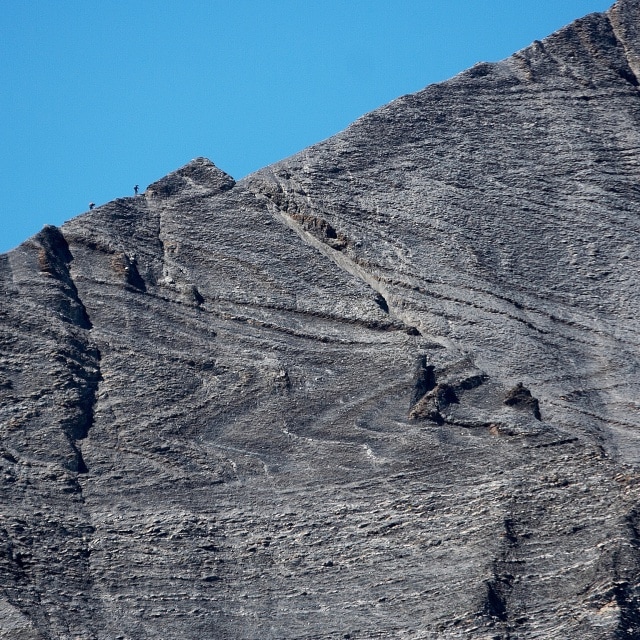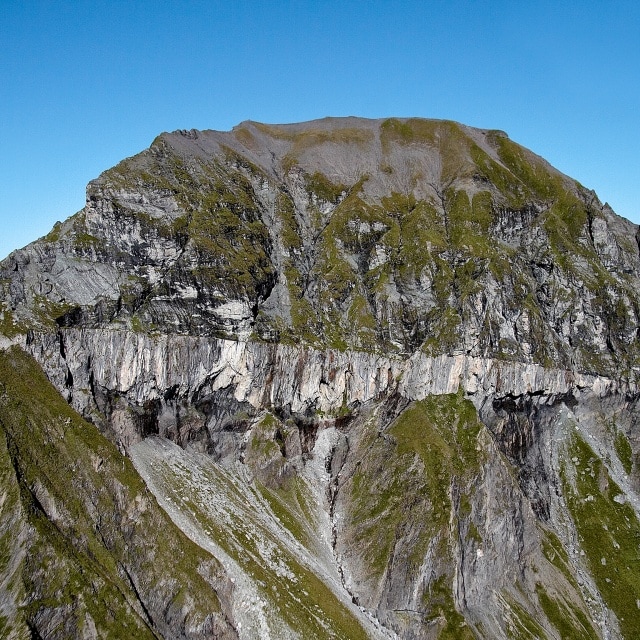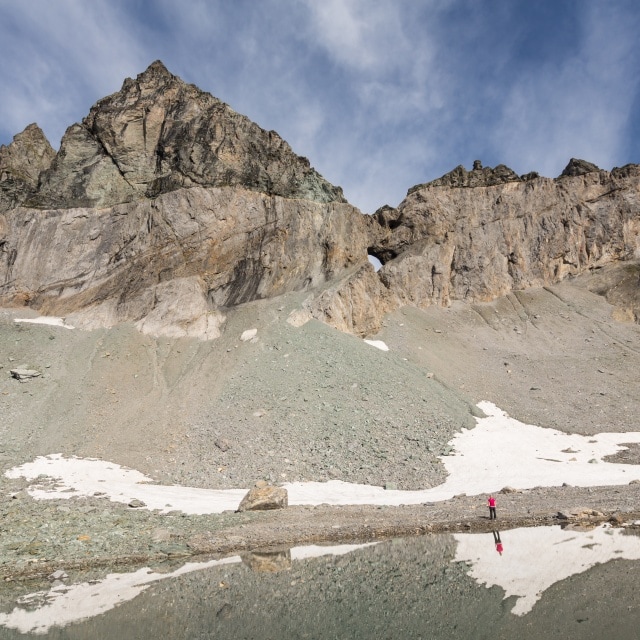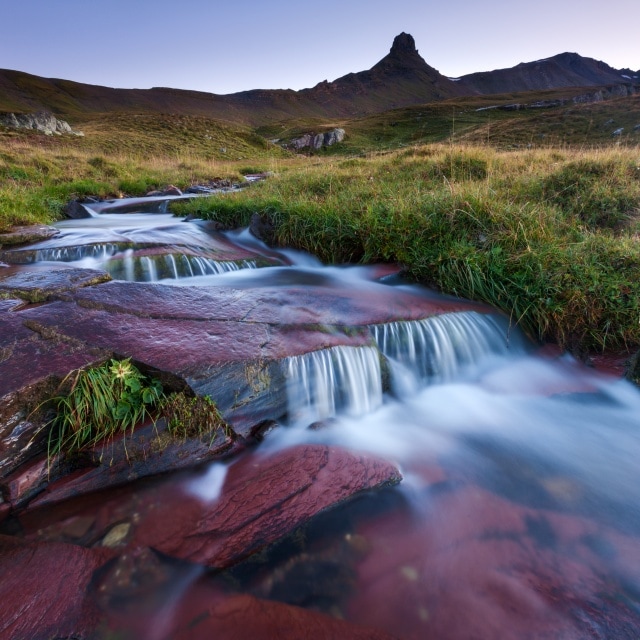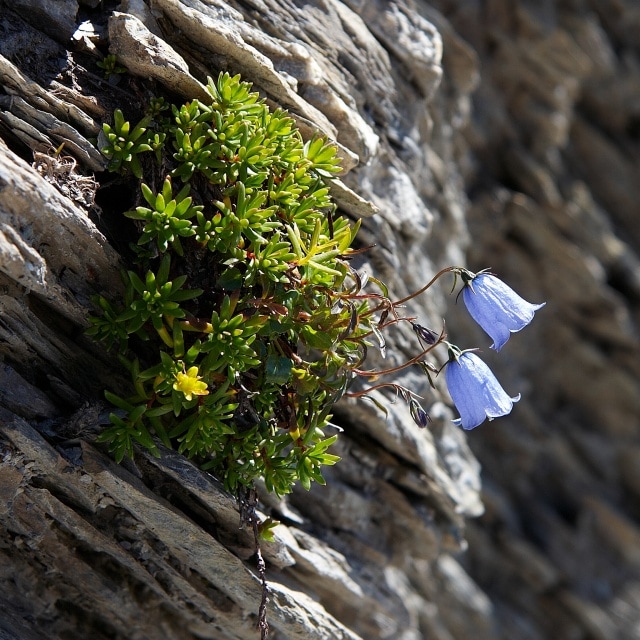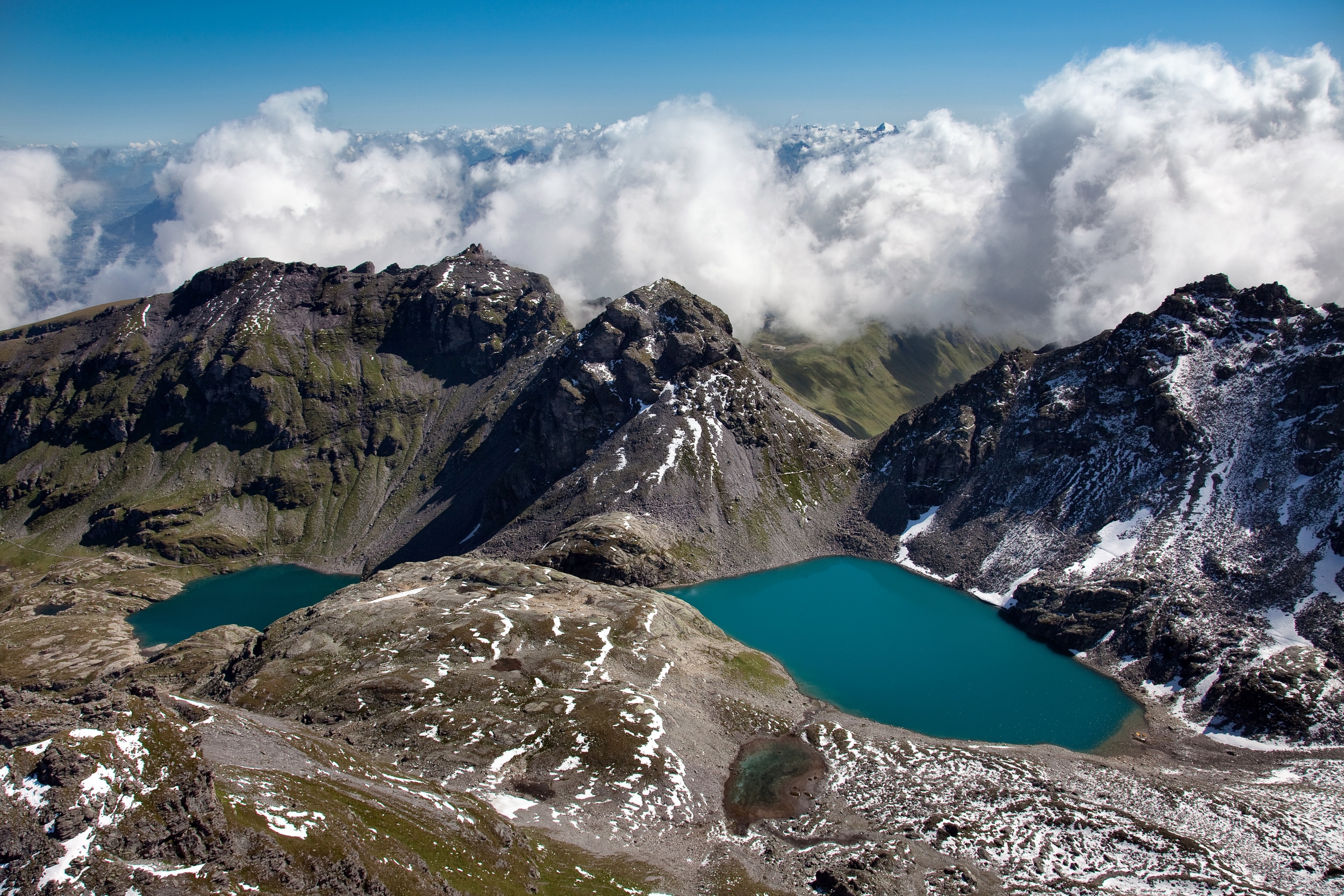The Tectonic Arena Sardona offers unique insights into the history of origin of alpine mountains and valleys. Along the line visible from afar, the Glarus Thrust, also known as the “magic line”, 250-300 million year old rocks were pushed onto much younger, in part “only” 35-50 million year old rocks. This happened 10-20 million years ago far below the former surface of the earth!
The area is of great value for schools and research, as it bears witness to processes of mountain building and plate tectonics. For more than two centuries, scientists from all over the world have been investigating the processes of mountain building. Thus they reveal the secrets of the formation of mountains in the Sardona World Heritage Site.
